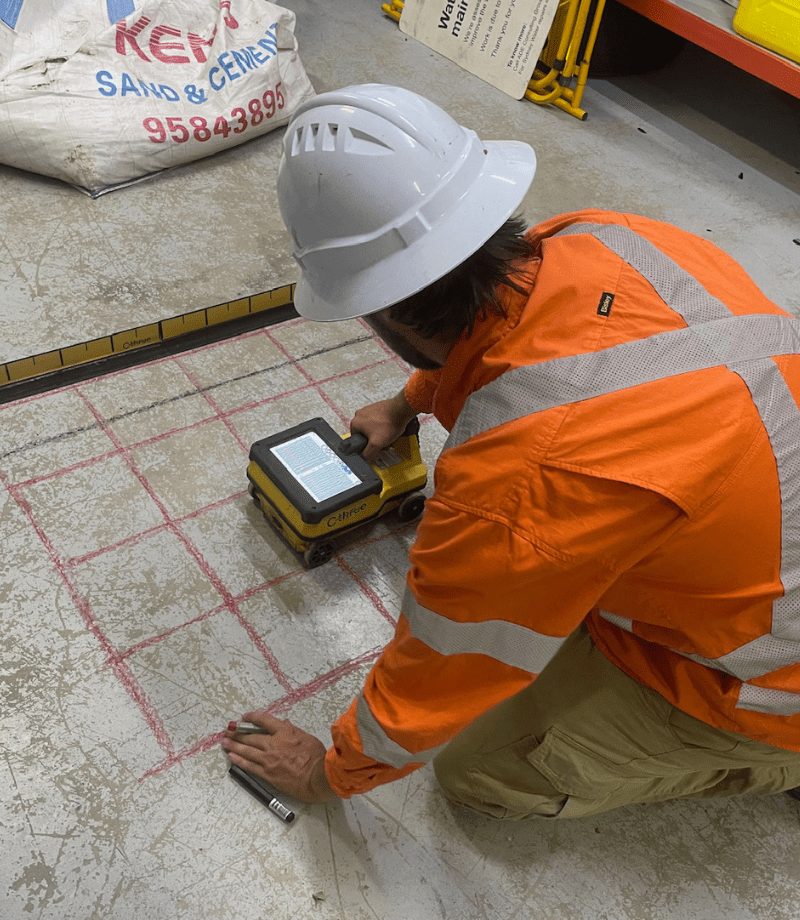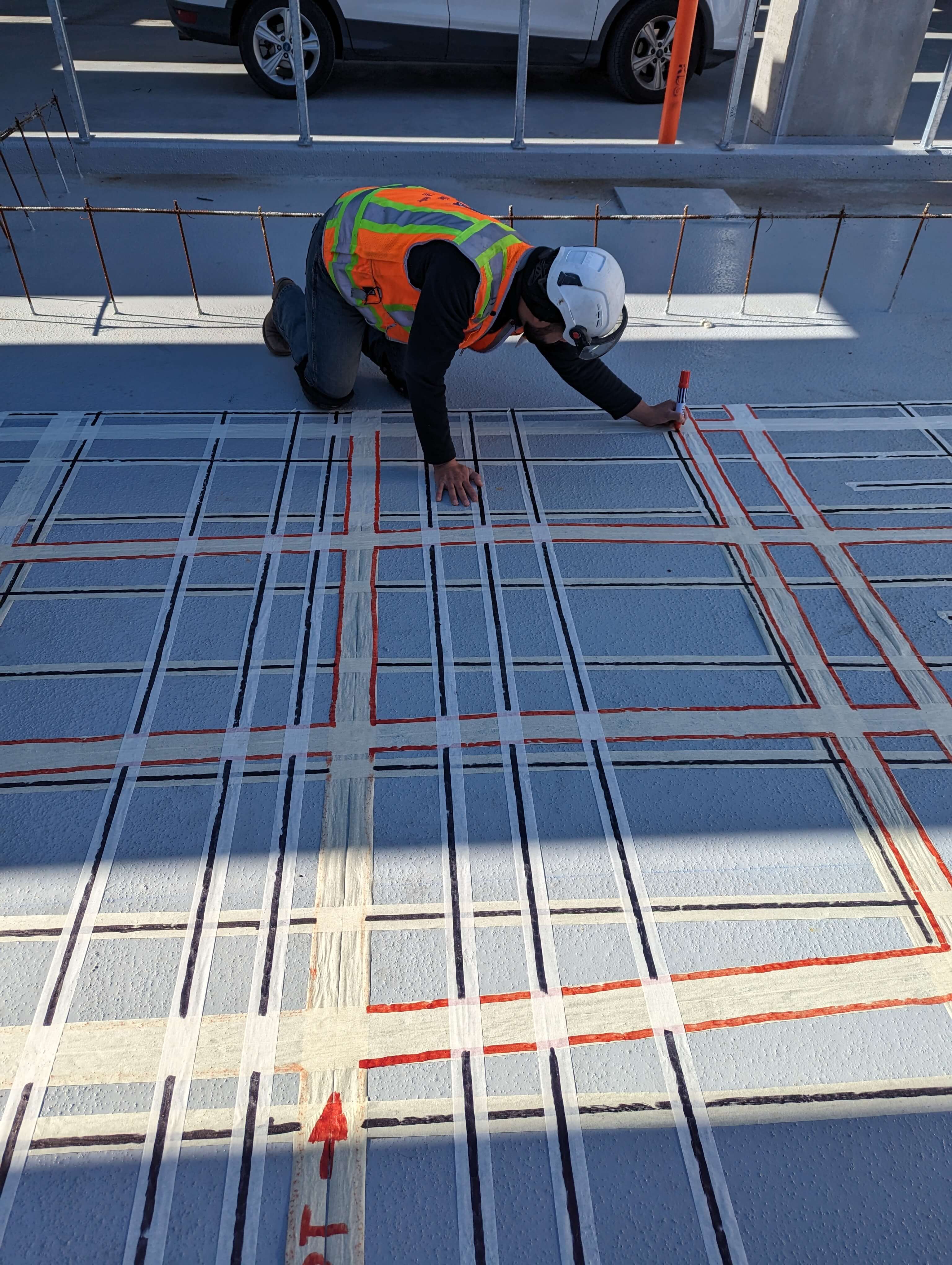Introduce the Transformative Power of Concrete Scanning in Optimizing Performance and Safety
Concrete scanning has actually emerged as a critical tool in the building industry, offering unequaled benefits in boosting task efficiency and making sure safety criteria. The transformative power of concrete scanning lies in its capacity to supply real-time data and thorough insights, transforming just how tasks are prepared and executed.
Relevance of Concrete Scanning
Making sure the architectural honesty and safety of building jobs begins with the vital step of carrying out comprehensive concrete scanning. Concrete scanning is a non-destructive technique used to identify and map subsurface aspects within concrete structures.
Additionally, concrete scanning helps in maximizing project timelines and budget by avoiding unexpected costs and hold-ups that might emerge due to unexpected obstructions within the concrete. Inevitably, investing in thorough concrete scanning is a proactive technique that enhances both efficiency and security in building and construction tasks.
How Concrete Scanning Works
Concrete scanning runs as a vital device in building and construction jobs by utilizing sophisticated technologies to spot and map subsurface aspects without causing architectural damages. Ground Penetrating Radar (GPR) and Electromagnetic Induction (EMI) are 2 key approaches used in concrete scanning.
Throughout the scanning procedure, the information accumulated is analyzed in real-time, allowing prompt recognition of potential threats or challenges underneath the surface area. This information help in decision-making, guaranteeing that building activities continue safely and successfully. Furthermore, 3D imaging software can be utilized to develop topographic maps of the subsurface aspects, further boosting project planning and implementation. By utilizing these innovative innovations, concrete scanning considerably reduces the threat of expensive damages and injuries on building and construction sites.
Advantages of Concrete Scanning
One of the key advantages of concrete scanning is the ability to detect and find embedded objects such as rebar, post-tension cords, and channels properly. Concrete scanning assists in preparation and making much more effectively, as it gives accurate info regarding the area and depth of structural components.

Instance Research Studies: Concrete Scanning Success

In an additional situation, a building firm used 3D concrete scanning to evaluate the condition old concrete structures in a historical structure. The detailed scans given important insights into the extent of wear and tear and assisted prioritize maintenance efforts properly. By proactively addressing areas of concern determined via scanning, the firm had the ability to expand the lifespan of the framework and make certain owner safety and security.
These situation studies emphasize the transformative power of concrete scanning in boosting effectiveness, accuracy, and safety in building tasks.
Implementing Concrete Scanning in Projects
Applying innovative scanning modern technologies throughout building and construction tasks has actually come to be progressively necessary for enhancing accuracy and security. By integrating concrete scanning right into project preparation and execution, building teams can determine potential hazards, such as rebar or post-tension cords, concealed within concrete structures. This positive technique decreases the danger of crashes, delays, and costly rework, ultimately resulting in extra efficient job timelines and budgets.
To execute concrete scanning properly, task managers must team up carefully with skilled scanning professionals to establish the most appropriate scanning strategies for the details project requirements. Involving scanning specialists from the beginning of a project enables the group to create comprehensive scanning plans that address essential areas of worry and make sure thorough data collection.
In addition, integrating concrete scanning into normal job operations can streamline decision-making procedures, as real-time check data gives immediate understandings right into the problem of concrete frameworks - Concrete Scanning. This check these guys out data-driven strategy facilitates educated analytical and makes it possible for groups to make changes immediately, fostering a culture of effectiveness and safety throughout the project lifecycle

Verdict
To conclude, concrete scanning plays an essential duty in improving efficiency and safety in construction jobs. By utilizing advanced innovation to detect and map out underlying structures within concrete, this process assists to avoid pricey mistakes, ensure structural honesty, and lessen risks on website. With the ability to discover hidden aspects and offer precise information, recommended you read concrete scanning proves to be a useful device for maximizing project outcomes and making best use of overall success.
Concrete scanning is a non-destructive method used to identify and map subsurface elements within concrete structures. Additionally, concrete scanning assists in optimizing project timelines and budget plan by preventing unanticipated costs and delays that might occur due to unanticipated blockages within the concrete. One notable instance research includes a large restoration project where concrete scanning played a critical role in making sure project success.In an additional case, a building and construction firm used 3D concrete scanning to analyze the problem of aging concrete frameworks in a historic structure. By incorporating concrete scanning into task preparation and implementation, building and construction groups can identify prospective hazards, such as rebar or post-tension cable televisions, concealed within concrete frameworks.